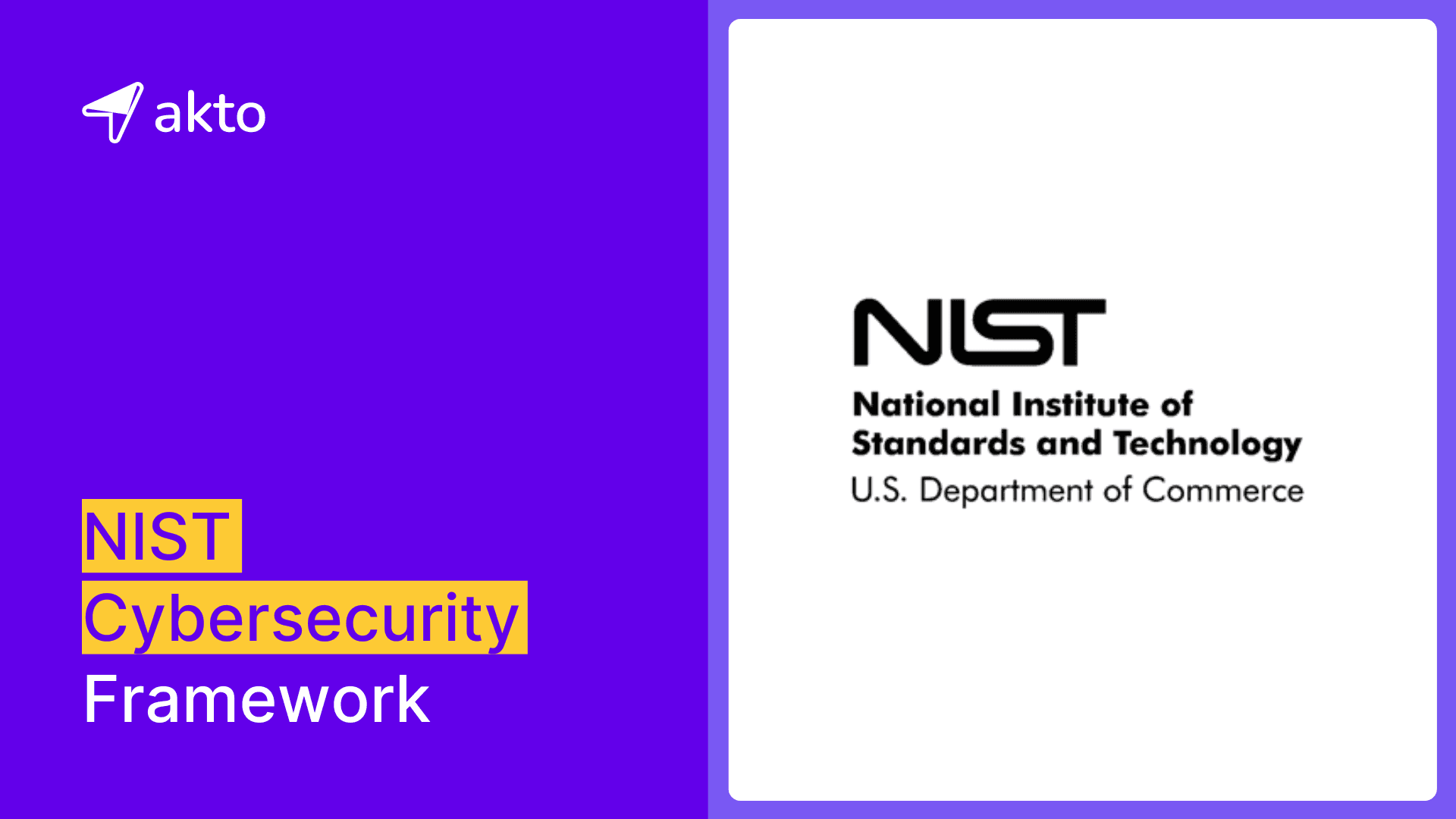DAST Black Box Testing: Types of Black Box Testing and How it works
Black Box Testing is a methodology where the internal workings of the system under test are unknown to the tester.

Muze
Jul 12, 2024
Black Box Testing is essential for ensuring that software works correctly. Instead of looking at the code, testers check the software from the outside, like a regular user would. This method helps find issues or bugs affecting the software's performance.

This blog teaches you about Black Box Testing, the key features of DAST Black Box Testing, how Black Box DAST works, its types, tools, and technologies commonly used for Black Box Testing, and best practices.
Let’s get started
What is Black Box Testing?
In the context of Dynamic Application Security Testing (DAST), Black Box Testing is a methodology where the internal workings of the system under test are unknown to the tester. Testers do not have access to the application's source code. Instead, they interact with the application through its interfaces—such as web pages, APIs, etc.—and analyze the responses to identify vulnerabilities.

Key Features of DAST Black Box Testing
Let's see the key features of Black Box Testing:
1. Focus on Functional Requirements
Black box testing is primarily concerned with the input and output of the software. Testers validate the application's functionality against the specified requirements and ensure the software behaves as expected.
2. No Knowledge of Internal Code
Testers do not need to know the software's internal workings. They interact with the application’s user interface, APIs, or other external interfaces to verify the expected behavior. They also verify that the application handles errors correctly and provides appropriate feedback to users.
3. Test Case Design Based on Specifications
Design the test cases based on the software's specifications, requirements documents, and use cases. This approach ensures that all user scenarios and functional requirements are covered.
4. Applicable at Various Levels
Apply black box testing at different levels of software testing, including unit testing, integration testing, system testing, and acceptance testing. This method is versatile, and testers use it throughout the testing lifecycle.
5. Data-Driven Testing
This testing method uses various input data to ensure the software responds correctly. Boundary value analysis, equivalence partitioning, and decision table testing are common techniques used to design test data.
6. Unbiased Testing
Since testers do not need to understand the internal code structure, they approach testing from an end-user perspective. This helps identify discrepancies between the actual and expected output without any developer bias.
How Does Black Box DAST Work?
Let's delve into how Black Box Dynamic Application Security Testing (DAST) operates:
1. Target Identification
The first step is to identify the application components accessible to external users. Include web pages, API endpoints, and other interfaces. Additionally, understand how these components interact with each other.
2. Vulnerability Assessment
Testers simulate various attacks against these components, such as SQL injection, cross-site scripting (XSS), and insecure direct object references (IDOR). They also perform brute-force attacks to test passwords and resilience against unauthorized access.
3. Response Analysis
Analyze the application's responses to these simulated attacks to determine if they reveal any vulnerabilities. For example, if an application returns error messages that could give an attacker clues about its internal structure, this would be flagged as a potential issue.
4. Reporting and Remediation
Generate detailed reports, including severity levels and recommended actions, once you identify vulnerabilities. These reports help the development team fix the issues. Furthermore, the reports also refine the overall security strategy of the application.
Types of Black Box Testing
Black Box Testing comprises various types of evaluation of different aspects of a software application. These types include:
1. Regression Testing
This type of testing thoroughly checks the application to ensure that any modifications, updates, or changes have not negatively impacted or altered the existing functionality in any way. It is a critical aspect of the development process that helps maintain the integrity of the software.
2. Boundary Value Testing
Target the application at the extreme ends or boundaries of input values using this testing methodology. The rationale behind this is that errors are most likely to occur at these extreme ends, making it a crucial part of the testing process.
3. Equivalence Partitioning
This software testing technique categorizes an application's input data into equivalent data classes or partitions. The idea is that the system should behave similarly for a particular partition's entire data set; hence, testing each partition can effectively cover all scenarios.
4. Decision Table Testing
This method takes a more structured approach by using a decision table, which is a unique kind of table. This table helps to test the application for different combinations of input values and aids in revealing the system's behavior under varying input conditions.
5. Penetration Testing
Penetration testers often conduct tests by hand based on their knowledge. For example, you might test an API that shows available products for a user to buy. To do this, you'd try different inputs to see if any unusual responses or issues arise.
Tools and Technologies Used for Black Box Testing?
When conducting Black Box Testing, testers typically use various tools and technologies to ensure thorough and effective results. Here are commonly used tools and technologies for Black Box Testing:
1. Akto
Akto is a proactive API security platform providing comprehensive API security testing. It provides DAST black-box testing specifically for APIs. It performs automated scans to identify vulnerabilities such as SQL injection, cross-site scripting (XSS), authentication bypass, and insecure API endpoints. Akto's approach to DAST simulates real-world attacks without needing access to the API's source code or deep knowledge of its internal workings, making it suitable for testing third-party APIs or those developed by external vendors.

2. Selenium
An open-source testing framework primarily used for automating web applications. Testers can simulate user interactions with web elements without accessing the application's internal code.

3. Appium
A popular open-source test automation framework designed for mobile applications. It supports testing of native, hybrid, and mobile web applications on both Android and iOS platforms, enabling black box testing without internal code access.

4. Playwright
Microsoft developed a Node.js library to automate Chromium, Firefox, and WebKit browsers. It's used for end-to-end testing of web applications, focusing on the user interface and functionality.

5. Cypress
A JavaScript-based end-to-end testing framework that runs directly in the browser. It provides real-time reloading, automatic waiting, and network traffic control, making it suitable for testing modern web applications.

6. WebdriverIO
A next-generation WebDriver test framework for Node.js. It offers a simple API for writing tests and integrates well with popular testing frameworks like Mocha and Jasmine. WebdriverIO supports testing across multiple browsers and platforms.

Best Practices for DAST Black Box Testing
To maximize the effectiveness of DAST Black Box Testing, you should follow best practices as follows:
1. Regular Testing
Include DAST Black Box Testing as a regular part of your software development cycle. Frequent testing identifies vulnerabilities at an early stage, allowing for prompt remediation. This practice enhances the overall security of your application and can save time and resources in the long run.
2. Real-world Scenarios
For effective testing, simulate real-world attack scenarios as closely as possible. This approach assesses the application's security posture realistically. Using real-world scenarios also allows you to understand potential threats better and develop effective countermeasures.
3. Broad Team Involvement
Involve different members of your team in the DAST Black Box Testing process. Developers, designers, and even product managers can offer unique perspectives and valuable insights. This collaborative approach can lead to a more comprehensive understanding of potential vulnerabilities.
4. Prioritizing Issues
Prioritize the identified vulnerabilities based on their potential impact and severity. High-risk issues should be addressed immediately to prevent serious damage. Prioritizing also helps to manage the workload more effectively and ensures that the most critical vulnerabilities are not overlooked.
5. Documentation
Keep a thorough record of all identified vulnerabilities, the testing process, and remediation steps. Use this documentation as an invaluable resource for future testing and vulnerability management. It also creates a knowledge base, improving the efficiency and effectiveness of future testing efforts.
Final Thoughts
DAST Black Box Testing is a crucial methodology for evaluating the security and functionality of applications without requiring insight into their internal code. This approach allows testers to interact with applications through their interfaces, simulating real-world attacks to identify potential vulnerabilities such as SQL injection and cross-site scripting (XSS).
Focusing on external behavior rather than internal logic enables the detection of flaws that attackers could exploit. This provides valuable insights into the application's security posture and helps ensure it meets user expectations and functional requirements.
For those particularly concerned with the security of APIs, Akto stands out as a dedicated tool. It offers comprehensive DAST Black Box Testing tailored to API environments, simulating attacks to uncover vulnerabilities without needing access to the source code. This makes Akto an ideal choice for organizations aiming to secure their APIs against modern threats, complementing traditional DAST tools by focusing on the specific challenges associated with API security. Integrating Akto can enhance the overall security strategy by addressing potential risks unique to APIs.
Important Links
Keep reading
API Security
8 minutes
NIST Cybersecurity Framework
The NIST Cybersecurity framework provides organizations with a set of standards, guidelines, and practices to develop strong cybersecurity practices for managing cybersecurity risks effectively.
API Security
7 minutes
API Security Audit
An API Security Audit evaluates APIs, identifies potential risks, and strengthens the organization's defenses against security breaches and cyber-attacks.
API Security
8 minutes
Security Information and Event Management (SIEM)
SIEM aggregates and analyzes security data across an organization to detect, monitor, and respond to potential threats in real time.
Experience enterprise-grade API Security solution



